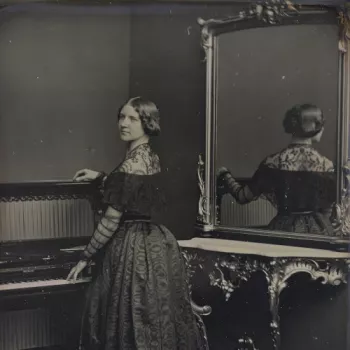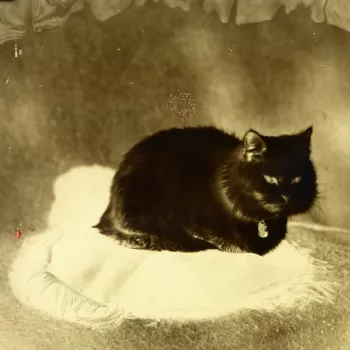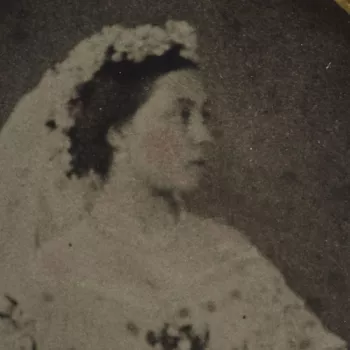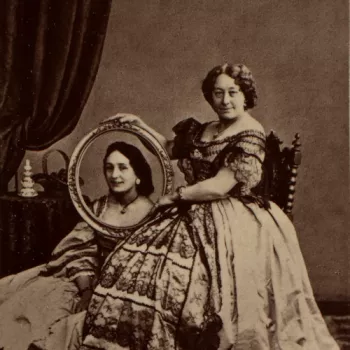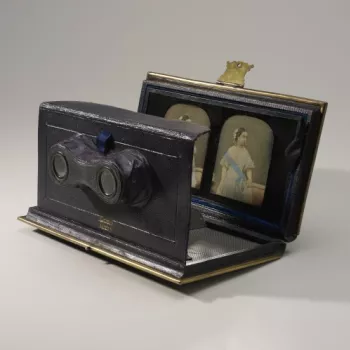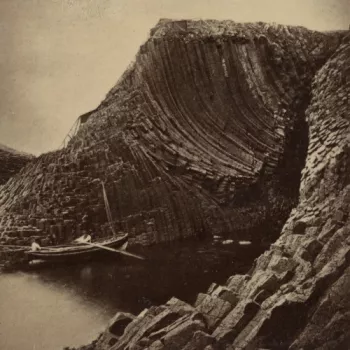Photographic Technologies
Learn more about the photographic techniques available in the mid-19th century
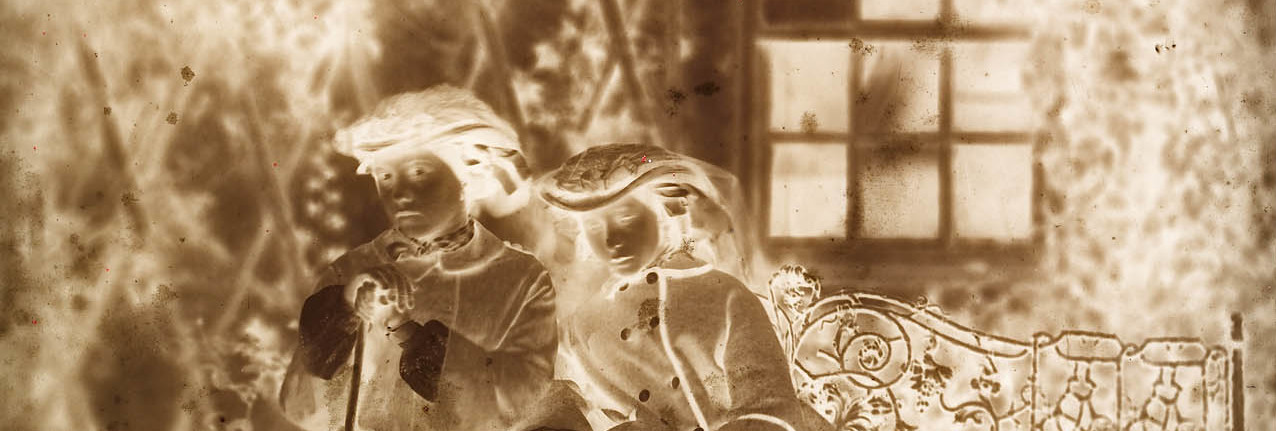
The origins of photography can be traced back to the invention of the camera obscura. A camera obscura consists of an image projected and inverted inside a dark chamber via a pinhole. The invention was utilised by artists, scientists and entertainers alike. Whilst the earliest recorded usage dates from the 4th century, the camera obscura remained a popular device and attraction through to the early nineteenth century. As a young princess, Queen Victoria (1819-1901) recorded viewing a camera obscura in her journal,
the camera obscura upstairs is very curious & pretty.
Queen Victoria's Journal, RA VIC/MAIN/QVJ (W) 7 September 1832 Princess Beatrice's Copies
The camera obscura was the inspiration behind the daguerreotype, the first, publically announced photographic technology. French inventors Louis-Jacques-Mandé Daguerre (1787–1851) and Nicéphore Niépce (1765–1833) were motivated by the aim of permanently fixing a camera obscura image. Unfortunately, Niépce died in 1833, before the inventors realised their vision. However, six years later, on 6 January 1839, Daguerre’s daguerreotype invention was announced in France. A few weeks following Daguerre’s announcement, British inventor William Henry Fox Talbot (1800–77) displayed his experiments in photography at the Royal Institution, London. These experiments were the foundations for his 1841 invention of the salted paper print method. 1839 is thus widely considered the year photography was invented.
The daguerreotype and the salted paper print were the two initial photographic mediums available to the wider public. Issues persisted in both mediums, from significant expense to the aesthetic appearance of the image. Dissatisfied with the mediums available, various individuals began experimenting with the aim of producing a superior photographic method. This experimentation led to the invention and production of a vast range of photographic types and techniques, including the albumen print, the wet collodion negative, the ambrotype and the carbon print. The variety of mediums that emerged in the mid-nineteenth century enabled photographers greater artistic and commercial freedom and photography flourished. The period is considered the ‘golden age of photography’.
Prince Albert’s (1819–61) collection of photographs contains a wide range of photographic techniques available in the mid-nineteenth century and serves as testament to his interest in the emerging and developing medium.
Click on a subject below for an introduction to the photographic techniques available in the mid-nineteenth century.




